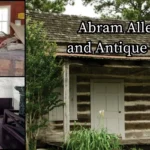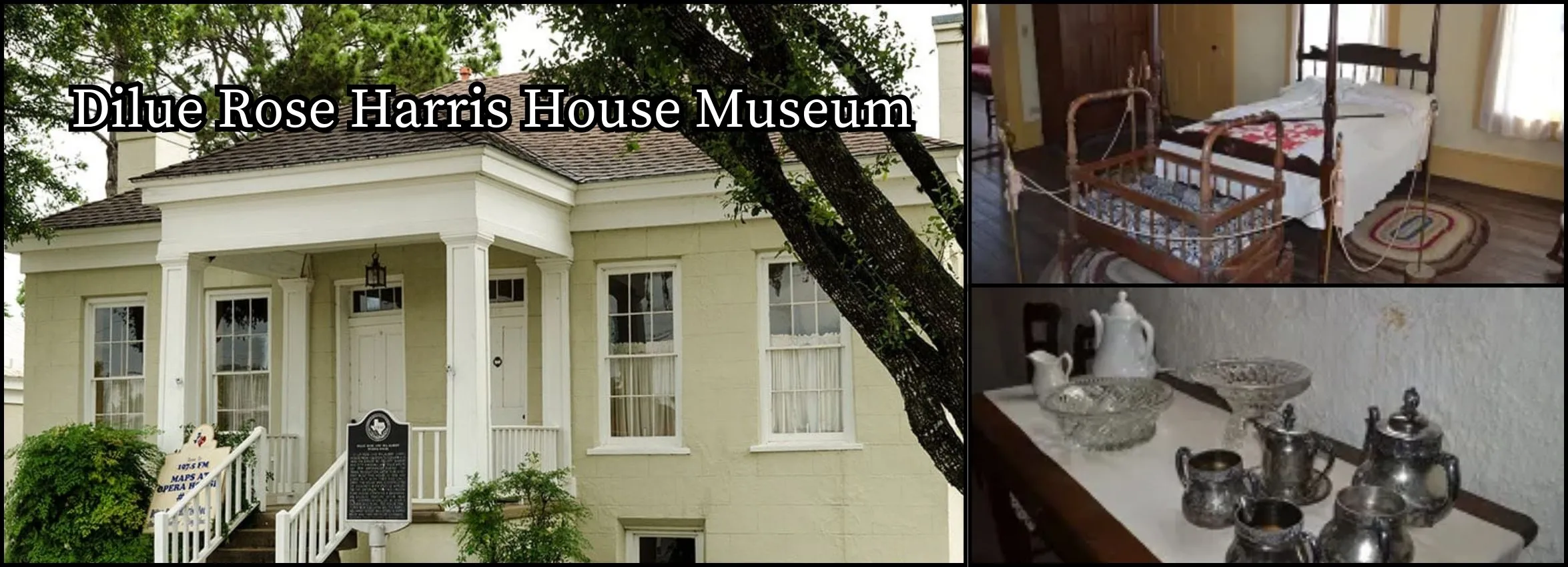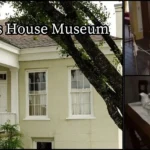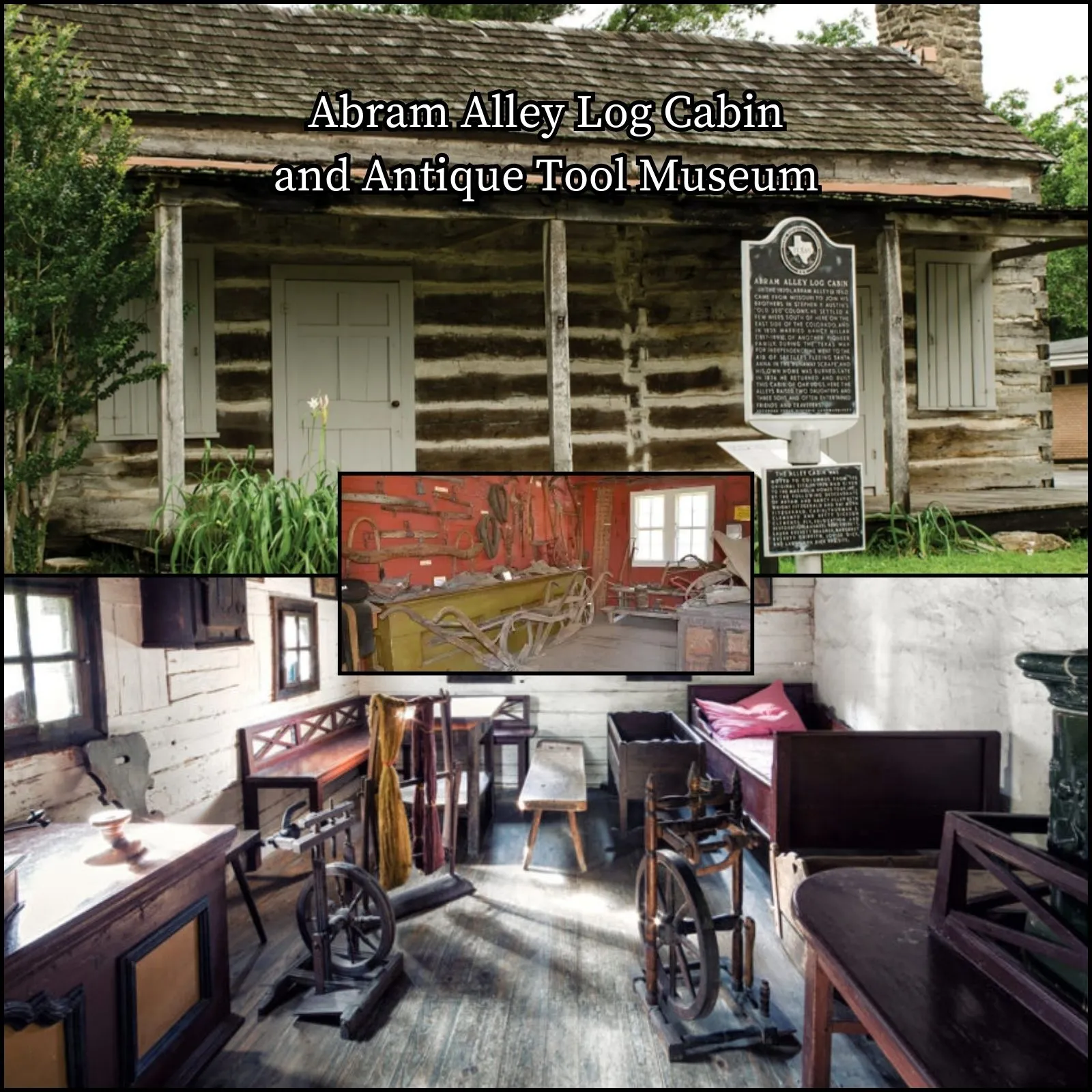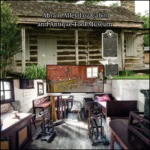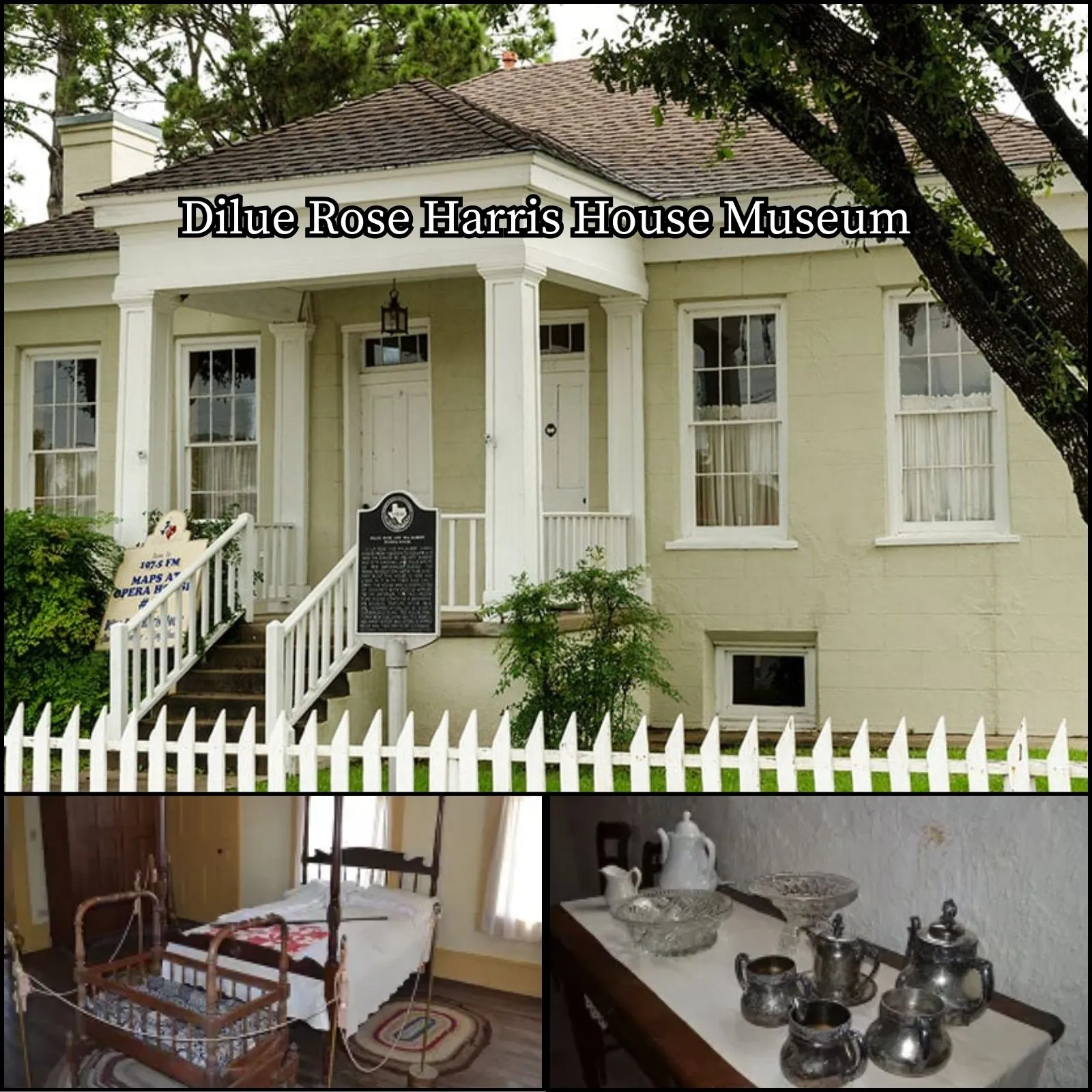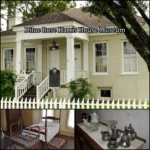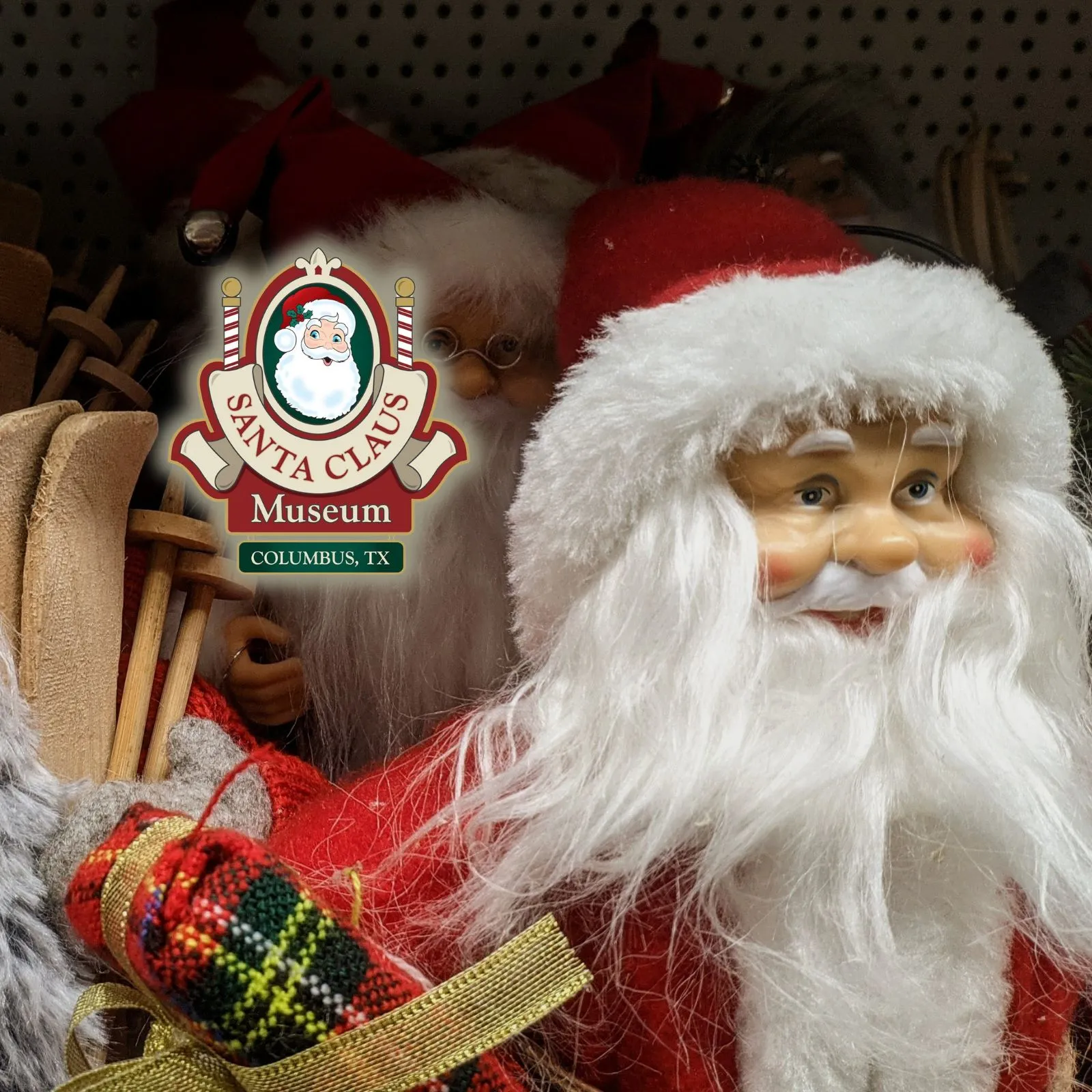History of Columbus, Texas: A Journey Through Time
The story of Columbus, Texas, is as riveting as it is insightful. Nested beside the winding Colorado River, this town stands as a testament to Texas’ rich tapestry of events and eras. From its early Native American residents to its role in modern-day Texas, Columbus’s history is a compelling tale of survival, growth, and transformation. Join us as we delve deep into the annals of time and uncover the fascinating legacy of this iconic Texan town.
1. The Indigenous Inhabitants: Columbus Before Columbus
Before settlers arrived, Columbus was home to various Native American tribes, including the Karankawa and the Tonkawa. These tribes thrived on the land, with the river providing sustenance and transportation.
2. Early Settlements: The Dawn of a New Era
In the 1820s, American settlers, drawn by Mexico’s offer of land grants, started making Columbus their home. This was the inception of the town as we know it.
3. The Texas Revolution: Columbus in Turmoil
The late 1830s saw Columbus playing a crucial role in the Texas Revolution. The town’s proximity to pivotal battle sites made it a strategic location for both Texian and Mexican forces.
4. Reconstruction and Growth: Rising from the Ashes
Post the Civil War, Columbus underwent significant reconstruction. Infrastructure was built, businesses were established, and the population swelled. The town emerged stronger, paving the way for its future development.
5. The Railroad Era: Connecting Columbus to the World
The late 19th century marked the arrival of the railway in Columbus. This not only enhanced trade but also firmly entrenched Columbus as an essential hub in the Texan transportation network.
6. The Great Storm and Recovery: Nature’s Fury
The 20th century brought with it the devastating 1900 hurricane. Despite the destruction, Columbus’s resilient spirit saw it rebuild and recover remarkably.
7. The World Wars: Columbus’s Brave Contribution
Both WWI and WWII saw many Columbus residents joining the forces. The town also contributed to war efforts on the home front, showcasing its unwavering patriotic spirit.
8. Columbus in the Modern Era: Progress and Preservation
With advancements in technology and infrastructure, the latter half of the 20th century saw Columbus metamorphose into a blend of modernity while preserving its historical essence.
9. Cultural Evolution: Embracing Diversity
As times changed, Columbus saw an influx of various cultures. This cultural amalgamation has added layers to its identity, making it a melting pot of traditions.
10. Historical Landmarks: Echoes from the Past
Even today, many buildings and sites in Columbus stand as silent witnesses to its vibrant history. From the iconic Courthouse to the historic Opera House, these landmarks offer glimpses into the town’s storied past.
Conclusion
The history of Columbus, Texas, isn’t merely a chronicle of dates and events. It’s a living, breathing entity that resonates in every corner of the town. From its early days as a settlement beside the Colorado River to its present stature, Columbus has witnessed eras of challenge and change, each shaping its unique identity. This legacy of resilience, transformation, and unity is what makes Columbus not just a place on the map, but a town with a soul. As you walk its streets, engage with its people, or explore its landmarks, you’re not just encountering a town; you’re stepping into a rich tapestry of tales that have stood the test of time.

